Our distinctiveness separates us and makes it easy to forget where we came from. Perhaps dogs help us remember the depth of our roots, reminding us -the animals at the other end of the leash- that we may be special, but we are not alone. No wonder we call them our best friends.
Dr. Patricia B. McConnell
12 steps on dogs and sustainability
- Walk more and drive less with your dog
- Use compostable or biodegradable dog poo bags
- Take extra care with your dog (and their poo) around water
- Use their walkies to tackle waste
- Look for sustainable dog food packaging…
- …and shop smarter
- Choose sustainable dog toys and accessories
- Make your own toys for dogs
- Recycle dog toys and equipment
- Opt for greener dog grooming products
- Rehome a rescue dog
- Keep your dog healthy
Read more from this website by Petplan.co.uk which tells you better than I how to lead that sustainable life with a dog.
Dog training classes help your dog’s brain develop
As a dog owner, I know how hard it can be to train my dog. That’s why I’m always curious to learn and read about courses like this dog training class. It’s a course taught by Adrienne Farricelli a professional CPDT-KA certified dog trainer who has spent the last 10 years helping people learn how to work with their canines. If you want to eliminate bad behaviors and understand personalized training techniques to develop well-behaved, obedient, loving dogs, check out her course on the ‘hidden intelligence’ inside dogs.
I’ve always been curious about animals. Currently, I have 2 dogs, Tux and Mel, and they’re joined with their feline sister, Kiki. I love animals, I love them all. This blog is being written with my boy Tux right next to me.
The purpose of this blog post
In this article, I’ll share tips to help you with dog training while being conscious of sustainability. It can be tough, but the results can be gratifying when training is done correctly.
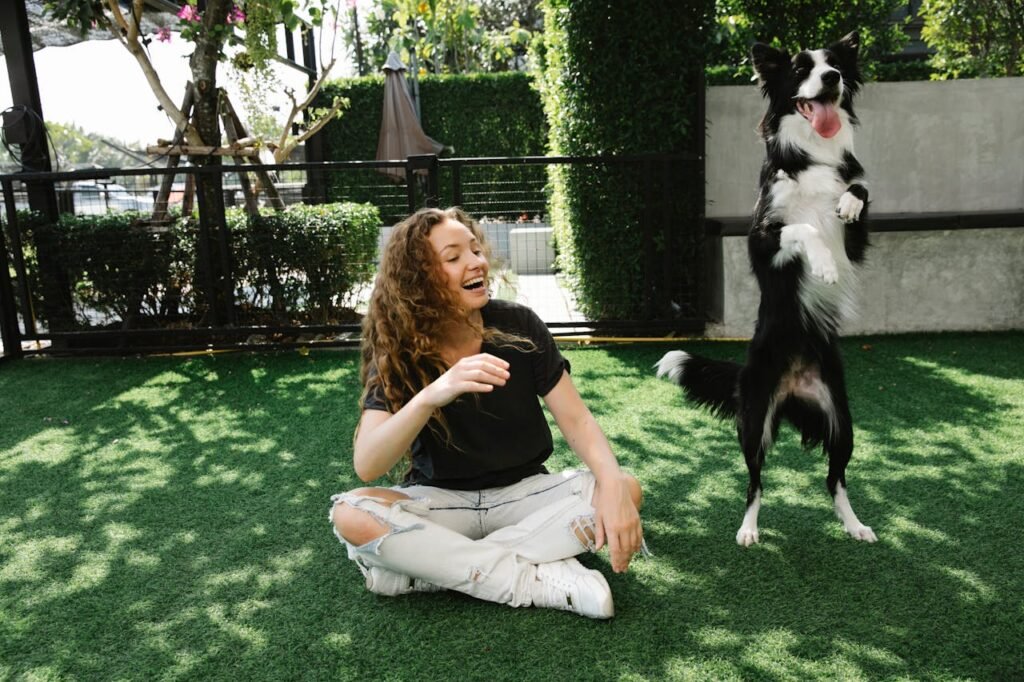
Key Takeaways
- Effective dog training ensures a harmonious relationship between you and your pup.
- Understanding your dog’s instincts can lead to targeted training strategies.
- Positive reinforcement training fosters loving obedience.
- Clear communication is key to successful dog training for both parties.
- Establishing a consistent training routine helps eliminate bad behaviors.
Understanding canine behavior and the 3 Ps
Thinking about how dogs show their behavior comes from their intuitive instincts. You as the pet owner can learn how to understand your pets better. Dogs are pack animals and need structure and guidance. They want to help their human family, which can lead to certain behaviors.
Without the 3 Ps Positive reinforcement, Patterns, and Patience dogs act out. They’re confused. You as a human, must learn to be direct, clear, and consistent with your training approach. Dogs will bark too much or chew on things they shouldn’t but only because they’re bored or confused.
The instinctual nature of dogs
Many dog problems come from not having enough guidance. Dogs act out when they’re bored or unsure. Owners need to know these instincts.
This helps us understand what our dogs are thinking. Dogs might bark at cars, chew furniture, or jump on guests. These are natural behaviors that can be fixed with training.
Common dog behavioral issues
I’ve seen many common dog problems that upset owners. These include:
- Excessive barking
- Chewing on furniture and belongings
- Jumping on people
- Playing too roughly
These issues often stem from boredom, not enough socialization, or poor training. Knowing this helps me fix these problems. It makes it easier to have a well-behaved dog. This way, I can encourage good behavior and have a strong bond with my dog.
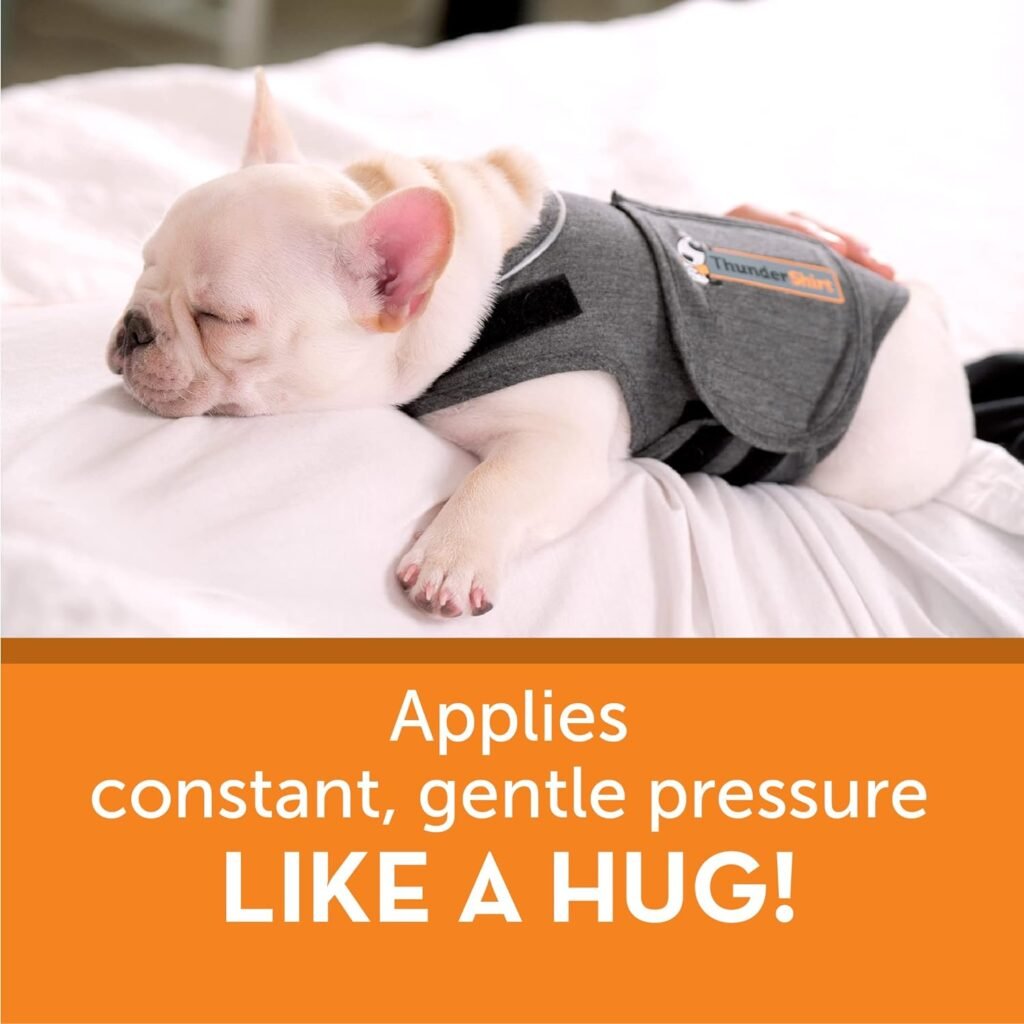
Take for example the Thunder Shirt. Dr. Temple Grandin developed this understanding when she learned by inserting herself in a hugging chamber and found a pressurized hug comforting. Without going into the heavy science, the pressure stimulates the release of Oxytocin (the love hormone) to calm anxiety.
The innovation of having a product like this come to market is a reminder that:
- Training takes work.
- Old dogs can learn new tricks.
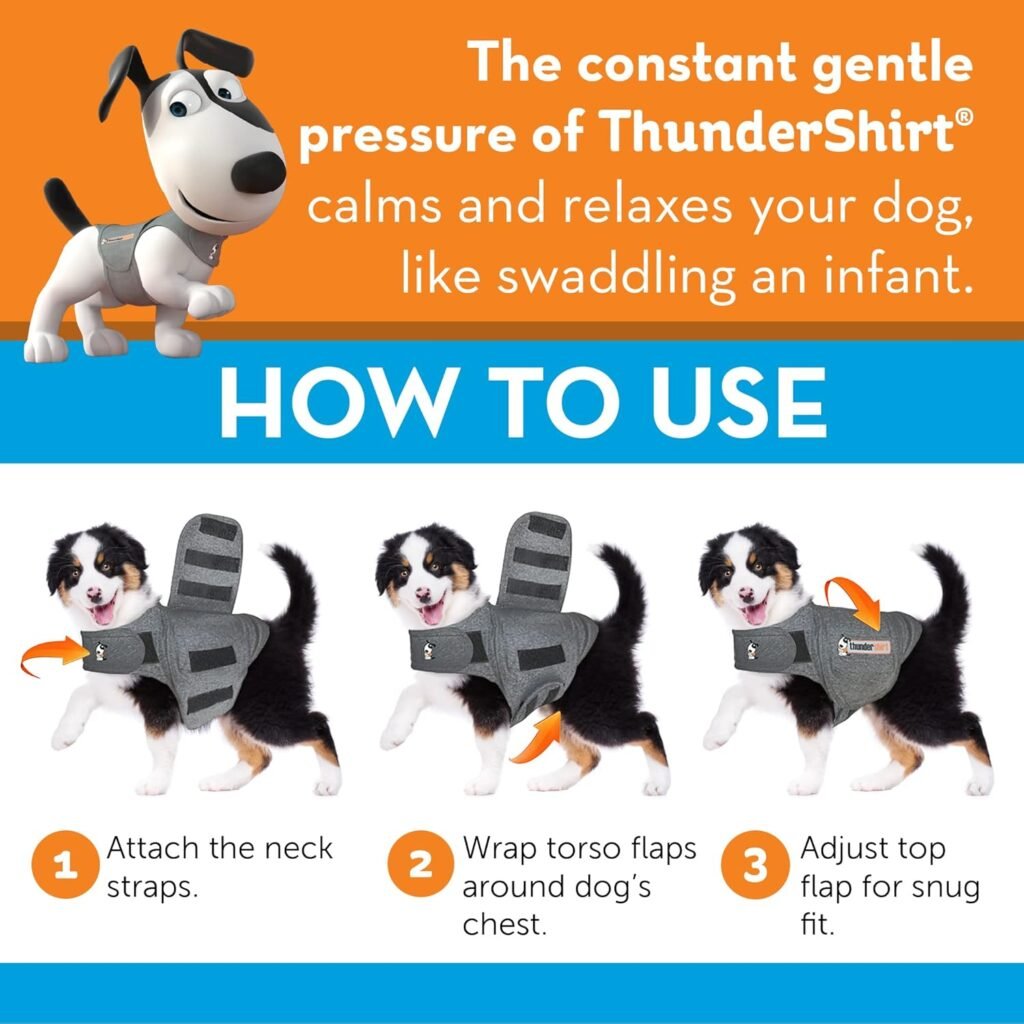
Effective dog training basics: Patterns
Starting dog training means learning key ideas. Consistency is important for a well-behaved dog. It makes learning easier and reduces confusion. Regular training helps my dog know what I want, and improves their behavior. This is one of the Ps I mentioned above, Patterns. But patterns and habits are in play.
Feed your dogs at the same time each day to develop trust in consistency. This will help you potty train your dog because food in is timed nicely with food out.
Come home at a consistent hour each day. This builds more trust that your dog isn’t alone, reduces the chance of display of behavioral anxiety, and teaches your dog that activity starts at a specific time. This will cut down on household damages.
Patterns can be developed through the display of time and manners. More specifically your training manners. If you are teaching your dog a command in a specific tone, be consistent with that tone. Dogs learn tonality more quickly than they do a word. Tell yourself this “go” and “no.” Say it aloud to yourself right now. These two words have the same syllable count.
Now, if you tell your dog “go,” are you excited? Probably, because humans struggle with patience or maybe you’re excited. What about telling your dog “no”? Are you excited? No, you’re not. But, you’re angry. Excitement and anger have a similar display of tone. Pay attention to tonality and make commands distinct.
The importance of consistency in training
Consistency is key in dog training because it builds trust and adds clarity. Dogs like routine, aka patterns, so regular training helps make good behaviors stick. Using the same commands and sticking to a routine helps my dog learn faster.
This makes learning safe and predictable.
- Use the same cues for each behavior.
- Maintain a routine for training sessions.
- Ensure everyone in the household follows the same rules.
Positive reinforcement training techniques
Positive reinforcement changes how I train my dog. Instead of punishing bad behavior, I reward good actions. This makes training fun and strengthens our bond. I ignore the bad and promote the good. Here are some ways to use rewards:
- Treat rewards: Giving treats makes good behavior stronger.
- Verbal praise: Saying nice things encourages my dog to do it again.
- Playtime: Using play as a reward keeps training fun. Give your dogs a “Jackpot” treat. Jackpots are 2 or 3 treats broken up into many pieces. It gives them more surface area to smell.
Using these positive methods helps me use dog psychology to make a well-adjusted friend. This approach focuses on rewarding good actions, which is key to a well-behaved dog.
Patience is needed to burst your dog’s habitual bad behaviors
I used to tell students of mine about the 19-minute freeze. A 19-minute freeze means, you, the human, don’t move for maybe upwards of 19 minutes. This is an extreme of the freeze, but it’s stated this way because humans are the ones who are being trained with dog training. It’s too true. You, the human, need to learn how to stop and wait it out.
Next time you’re walking your dog and the dog pulls on the lead, stop walking. Play with your cell phone. Wait until that dog stops the tug and comes back to you. They are essentially at your side saying, hey, let’s go already. Only when they come back to you, even better if they look you in the eye, so much better if you can get them to sit, only then is it time to continue walking.
Now, the second you begin walking, that dog will most likely pull. Stop. Freeze. Look at your phone. Wait it out. The amount of time you spend on your cell waiting for them will slowly decrease the more consistent and the more patient you are at freezing the second you feel a tug. The tug will naturally dissolve away.
Here’s a great 3-minute video on more ideas to help your dog master Loose leash walking.
Eliminate bad behavior and help your dog learn to be obedient and well-behaved
Setting clear expectations is key in dog training. It helps my dog know what’s okay and what’s not. This makes things clear and can help my dog learn to be obedient.
By setting clear rules, I can stop bad behavior. This helps my dog learn to be good and well-behaved.
Setting clear expectations for behavior
To train my dog, I make clear rules for their actions. Being consistent helps make these rules clear. Here are some tips that work:
- Define boundaries for acceptable behavior.
- Use clear commands and cues.
- Provide immediate feedback, both positive and negative.
- Revisit rules regularly to ensure understanding and compliance.
Creating a structure for training sessions
Structured training helps a lot. My training has fun and learning parts to keep my dog interested. I use different behavior modification techniques in my training:
- Schedule short training sessions to maintain focus.
- Incorporate different rewards, like treats and verbal praise.
- Rotate activities to prevent boredom and promote quick learning.
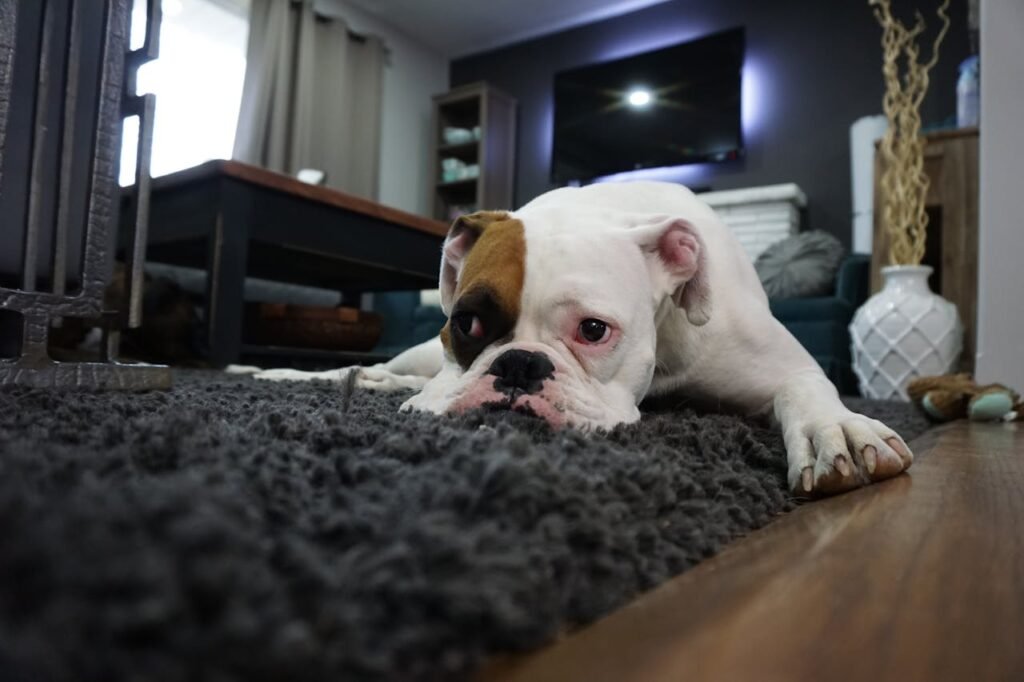
Re-develop your dog’s neuroplasticity (i.e. reshape their minds)
Remember the course I mentioned above? She’s got it figured out. Here’s her approach in a nutshell:
- Intelligent Dogs are better-behaved and more obedient
It makes perfect sense if you think about it. A more intelligent dog takes commands more easily and understands what you expect. There’s more confidence in acting because the dog has rehearsed the display of correct behavior.
It’s the same with children. If a child is bored and not stimulated intellectually, they tend to misbehave and cause trouble. You can stimulate your dog’s mind correctly with focused games.
- Your dog’s problem behaviors fade away.
- Your dog is better behaved and more obedient.
- Your dog’s ability to learn skyrockets.
- Your dog’s temperament improves.
- Your bond with your dog strengthens.
- Your dog’s health improves.
How to create a mistake-free learning zone
To keep my dogs focused, I arrange my home carefully. Here’s what I do:
- Remove things that might make them act poorly, these are called distractions.
- I use gates to keep my dogs out of trouble spots and custom water bottles to build trust and help focus.
- I use tools like clickers, harnesses, gentle leaders, microfibre cloths, and thunder shirts to help with positive reinforcement training.
My dogs have a safe place to learn and make good choices. If you set them up for success like here, getting them a dog-friendly car seat cover, then both you and them will be off to a great start. (Remember, products like these are built to be scratched on.)
Encouraging good habits at home
It’s important to reward good behavior at home. Every day, we can teach our dogs good habits at home. By praising and rewarding good actions, we strengthen our bond. This also helps with training.
| Strategy | Description |
|---|---|
| Environment Management | Keeping the space clear of temptations and distractions. |
| Engaging Toys | Offering toys that stimulate mental engagement. |
| Structured Routine | Maintaining a consistent daily schedule for training. |
| Positive Reinforcement | Rewarding good behavior to encourage repeat actions. |
Importance of early socialization
Early socialization greatly affects a puppy’s behavior. It helps them be adaptable and friendly. The benefits are many:
- Confidence building.
- Reduced anxiety in new situations.
- Improved behavior around other dogs and people.
Socializing our puppies helps to avoid future behavior problems. It lets them handle different things well. My goal is to teach them to enjoy being around others.
Establishing a routine for potty training
Potty training is key in puppy training. A routine makes it easier for us. Here’s how I do it:
- Take my dog outside often, after meals and naps.
- Pick a spot in the yard for potty breaks.
- Give treats when my dog goes potty outside.
Knowing when my puppy needs to go is important. It helps me teach them better. Being consistent and patient makes training fun for us both.
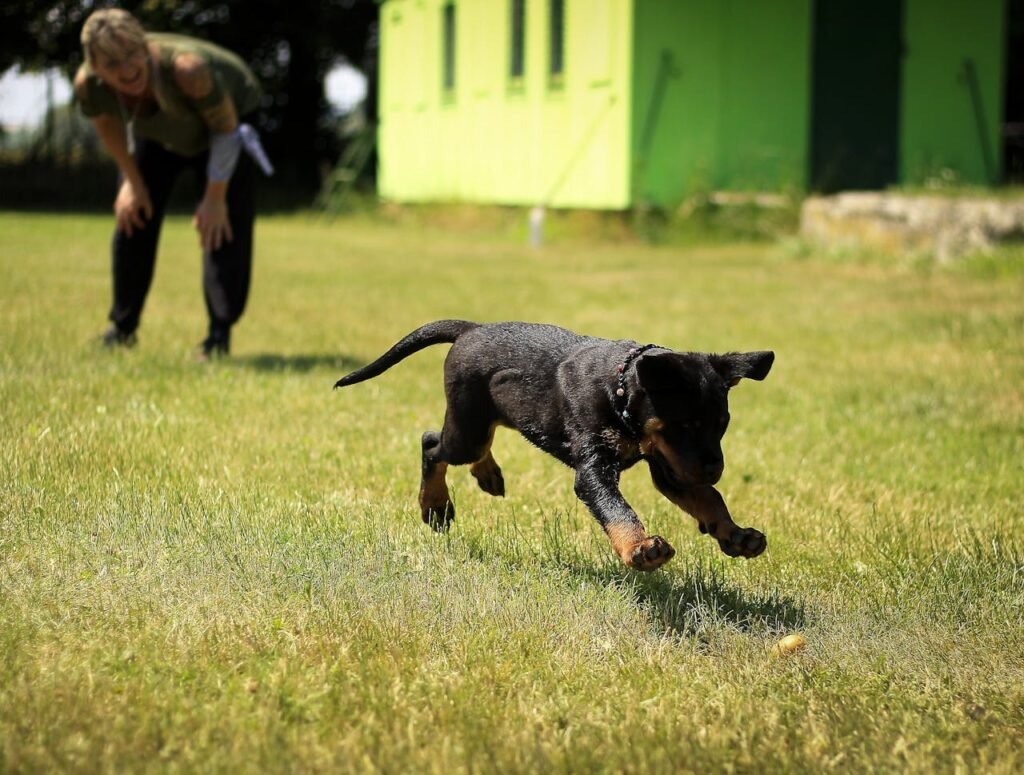
| Socialization Activities | Benefits |
|---|---|
| Meeting other dogs | Improves play skills and reduces fear |
| Exposure to different environments | Encourages adaptability |
| Interactions with people | Develops trust and reduces aggression |
Communicating effectively with your dog
To get better results in training, I communicate with my dog clearly. I use consistent tonality, and patterns to develop habits. I use positive reinforcement, speak directly, and try my best to be patient. Clear words and body language, are two things that are necessary for your dog to learn.
Conclusion
In this journey through dog training, I’ve learned a lot. I see how important it is to understand dog behavior. Their instincts deeply affect their actions.
Being aware of these instincts helps me set clear rules. It also helps me make a space that meets their needs.
Consistency is key in dog training. I’ve found that using positive methods motivates my dog and makes our bond stronger. Each training session is a chance to build good habits and stop bad ones.
This helps my dog become obedient and well-behaved.
Good communication is also vital. By being a strong leader and using the right methods, I can help my dog overcome challenges. With hard work and patience, I aim for successful dog training. This makes our life together happier and more peaceful.
FAQ
What is the best way to eliminate bad behavior in my dog?
The best way is through positive reinforcement training. Reward good behaviors, not bad ones. This helps your dog learn to be obedient. It’s also key to be consistent and clear in what you expect.
How can I help my dog learn obedience?
Start by setting clear rules and sticking to them. Use treats or praise to encourage good behavior. This makes your dog want to follow commands and learn good habits.
What are some common dog behavioral issues?
Dogs often jump, chew, bark too much, or play too rough. These issues come from a lack of training, boredom, or not enough guidance. Knowing why they do these things helps you fix them.
Why is consistency important in dog training?
Dogs love routine and clear rules. Being consistent helps them understand what you want. This leads to better behavior over time.
How can I create a structured environment for training my dog?
Schedule regular training and use different rewards. Make training fun and interactive. This keeps your dog excited to learn.
What are effective timeout techniques for correcting bad behavior?
Use timeouts calmly, taking your dog to a safe spot. Don’t make it scary or stressful. This helps your dog think about their actions.
What mistakes should I avoid when using timeouts?
Avoid using timeouts as punishment or timing them wrong. Use them to help your dog learn. Confusion can make training harder.
How can I encourage good habits at home?
Give your dog fun toys and activities. Use daily time to train and praise good behavior. This helps your dog learn and strengthens your bond.
What is the importance of early socialization for puppies?
Socializing puppies early helps them be confident and adaptable. Meeting new people and dogs helps them grow into well-behaved dogs.
How can I establish a consistent potty training routine for my puppy?
Make a regular schedule and reward your puppy for going outside. Learn when they need to go. This helps with potty training.
How does leadership affect dog behavior?
Being a leader is key in training dogs. Show them respect and set clear rules. This helps them understand their place in the family and improves their behavior.
How can I communicate effectively with my dog?
Use clear words and body language. Be consistent in how you respond. This builds trust and makes training better for both of you.
